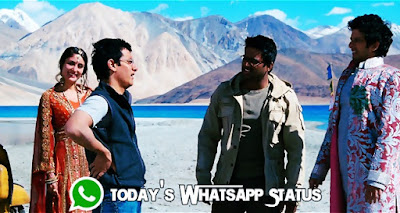 Considering all of the marijuana news on
this site, you might think you have a pretty good idea what I was up to on
April 20. But you’d probably be wrong.
Considering all of the marijuana news on
this site, you might think you have a pretty good idea what I was up to on
April 20. But you’d probably be wrong.
Many more details will be forthcoming in an article I’m writing, but the basics are that I spent the entire day with 23 other journalists from around the globe learning life-saving combat medicine skills at a training seminar put on by Reporters Instructed in Saving Colleagues (RISC). Held at the Bronx Documentary Center in New York, it was the capstone of a three-day crash course in how to open an airway, seal a sucking chest wound, stop (or at least slow) profuse bleeding, bandage wounds, perform CPR and identify a whole range of medical emergencies that reporters and photographers are likely to encounter when working in hostile areas.
That the graduation was held on 4/20 was
no mistake. That’s the day, a year earlier, that Chris Hondros and Tim
Hetherington were killed by mortar fire in Misurata, Libya. Author Sebastian
Junger, who founded RISC, believes that Tim’s wound to the femoral artery high
on his leg, while very serious, needn’t have been fatal. If any of the other
correspondents or rebels soldiers present had known basic life-saving skills,
they might have been able to slow the bleeding enough for him to make it to the
hospital.
Sebastian wanted to mark the anniversary of our friends’ deaths with something positive and significant, by teaching the first of what will hopefully be many waves of freelance journalists the skills that could save lives in the future. The course was taught by a highly skilled group of professionals from Maine-based Wilderness Medical Associates that included a former Army medic, a tropical medicine specialist and wilderness survival experts. We spent our days covered in fake blood, packing gauze into chicken carcasses, running through mock drills and rescuing training dummies wounded in action.
To say that it was an honor to have been
involved is an understatement. Though there was little that could have been
done for Chris on that day in Misurata—the head wound he suffered was simply
too severe—it was an empowering way to spend the anniversary of his death and
honor his and Tim’s memories. Everyone at RISC, WMA and the Bronx Documentary
Center has my deep thanks, as do the initial sponsors of the event (which
include Getty Images and the Chris Hondros Fund) for recognizing the importance
of this training and making it possible to offer it for free.
Full details for those interested in taking the course (with upcoming events in London and Beirut) can be found at the RISC website. I’ll be sure to post a link to the article when it runs.

Photo by Ricky Flores




















